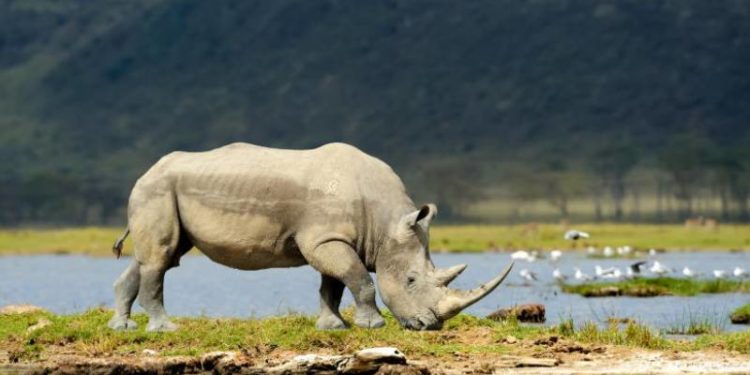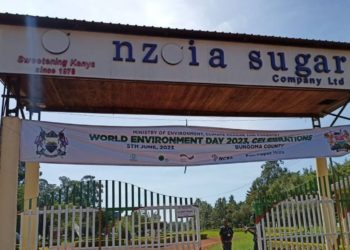The national wildlife census in Kenya has successfully entered its second day, kicking off in the renowned Maasai Mara Game Reserve and continuing through key wildlife hubs such as Magadi, Rombo, and Amboseli National Parks in Kajiado County. This comprehensive exercise, slated to be completed within five days, aims to register the exact number of wildlife residing in these protected areas.
This initiative is crucial for Kenya’s efforts to preserve and protect its rich biodiversity. The census will provide an accurate and up-to-date count of wildlife populations, offering vital data for conservation planning and resource allocation. The exercise fulfills a mandate of the Wildlife Conservation and Management Act of 2016, which requires the Principal Secretary (PS) of Wildlife to provide statistical accountability to the National Assembly, ensuring that the nation remains well-informed about its wildlife resources.
The census employs a combination of aerial surveys, ground counts, and advanced technologies such as GPS tracking and camera traps to achieve a comprehensive count. This census is not just about numbers. It’s about understanding the dynamics of wildlife populations, their habitats, and the pressures they face. This knowledge is crucial for informed decision-making and for implementing effective conservation strategies.
One of the key objectives of the census is to assess the populations of endangered species, such as elephants, rhinos, and lions, which face significant threats from poaching, habitat loss, and human-wildlife conflict. By obtaining accurate population estimates, the government and conservation organizations can tailor their efforts to protect these iconic animals more effectively.


















